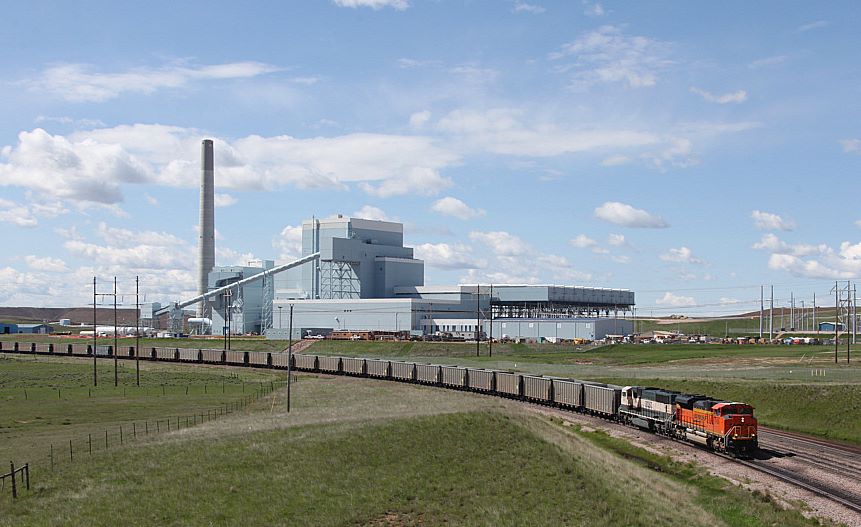CRES constantly extols the ideal of the “all of the above” approach to energy. While we are excited about emerging energy technology and developing new resources, we also highly value our nation’s traditional energy resources—and we advocate for investing in research aimed at making them more efficient.
Coal is and will continue to be an important part of America’s energy portfolio since we have hundreds of years’ worth of domestic reserves that are recoverable. It will be a critical resource even as renewable industries like wind and solar mature, because the reality is that the wind doesn’t always blow and the sun doesn’t always shine. Moreover, continuing to develop all of our energy resources, including fossil fuels, contributes to economic growth and strengthens national security.
The Wyoming Integrated Test Center is located at Dry Fork Station near the city of Gillette
That’s why we were impressed by some news last week out of Wyoming, which produces 40 percent of U.S. coal: The state is poised to become the leader in carbon capture and recovery research now that it has opened its Integrated Test Center (ITC).
The ITC is a state-of-the-art, 226,000-square foot, large-scale testing facility for researching potential technologies that seek to convert CO2 emissions from coal into marketable products like methanol, plastics, and concrete. Located near the city of Gillette, it is one of only a handful of such facilities worldwide that is fully integrated into a working coal plant in order to host real-world demonstrations.
The ITC also caught our attention because the genesis of this project exemplifies the sort of public-private partnerships that we believe are key for driving innovation. The state invested $15 million into the ITC, while private-sector partners contributed another $6 million, including the Tri-State Generation and Transmission Association and the National Rural Electric Cooperative Association.
The ITC’s first tenant will be the XPRIZE Foundation, which is hosting five research teams to compete for a $20 million prize. Meanwhile, the government of Japan is also investing several million dollars for the Japan Coal Energy Center and Kawasaki Heavy Industries to use the ITC for their own carbon capture research.
The ITC could not have gotten off the ground without the initiative of Republican Governor Matt Mead. He spent the early days of his first term putting the project in motion as he realized that regardless of one’s views on climate change, the international demand for coal will depend on finding solutions to reducing its carbon emissions.
“If we can arrive at a country’s doorstep and say, ‘Not only do we have great coal, high BTU, low sulfur, but we’ve solved CO2,’ that’s a powerful message,” he explained.
We encourage you to read Governor Mead’s op-ed discussing the merits of the ITC in his own words. We thank Governor Mead for his outstanding leadership on the ITC project and his general commitment to energy innovation, including his National Clean Energy Week proclamation last year.

